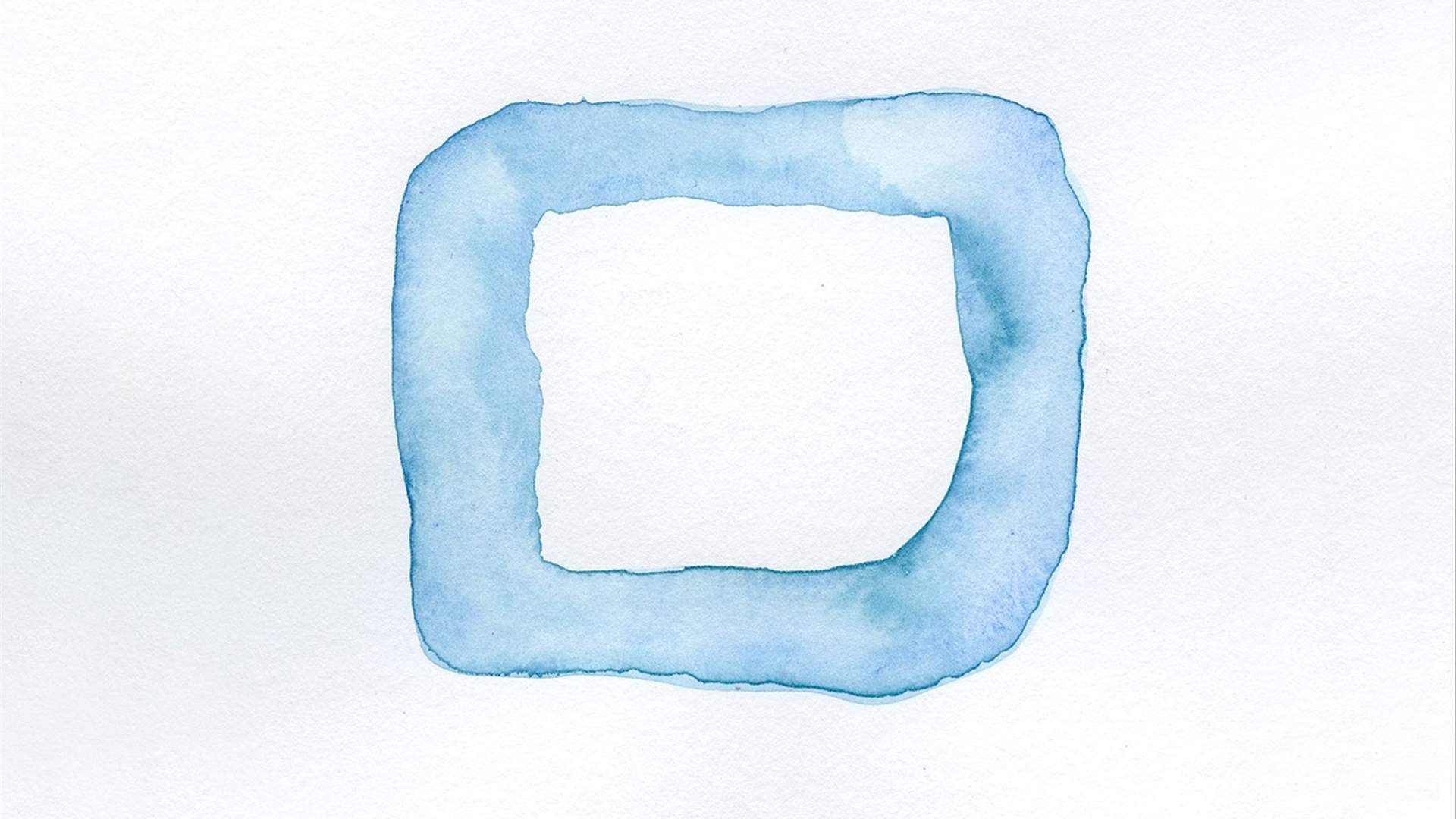Mote
11th - 28th January, QCA Webb Gallery
Mote: a tiny piece of a substance; a speck: the tiniest mote of dust.
Ally McKay
Tess Mehonoshen
Naomi O’Reilly
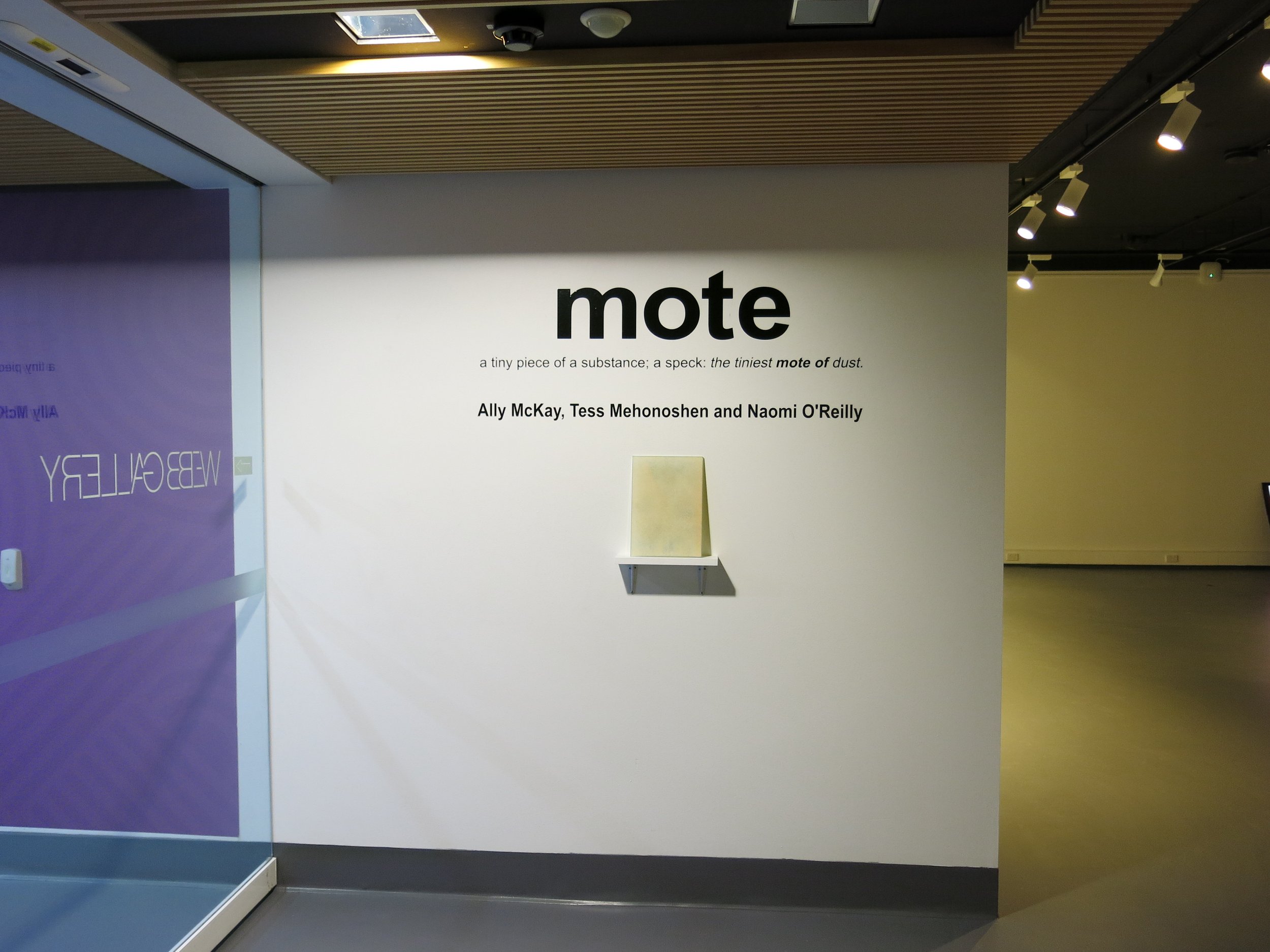

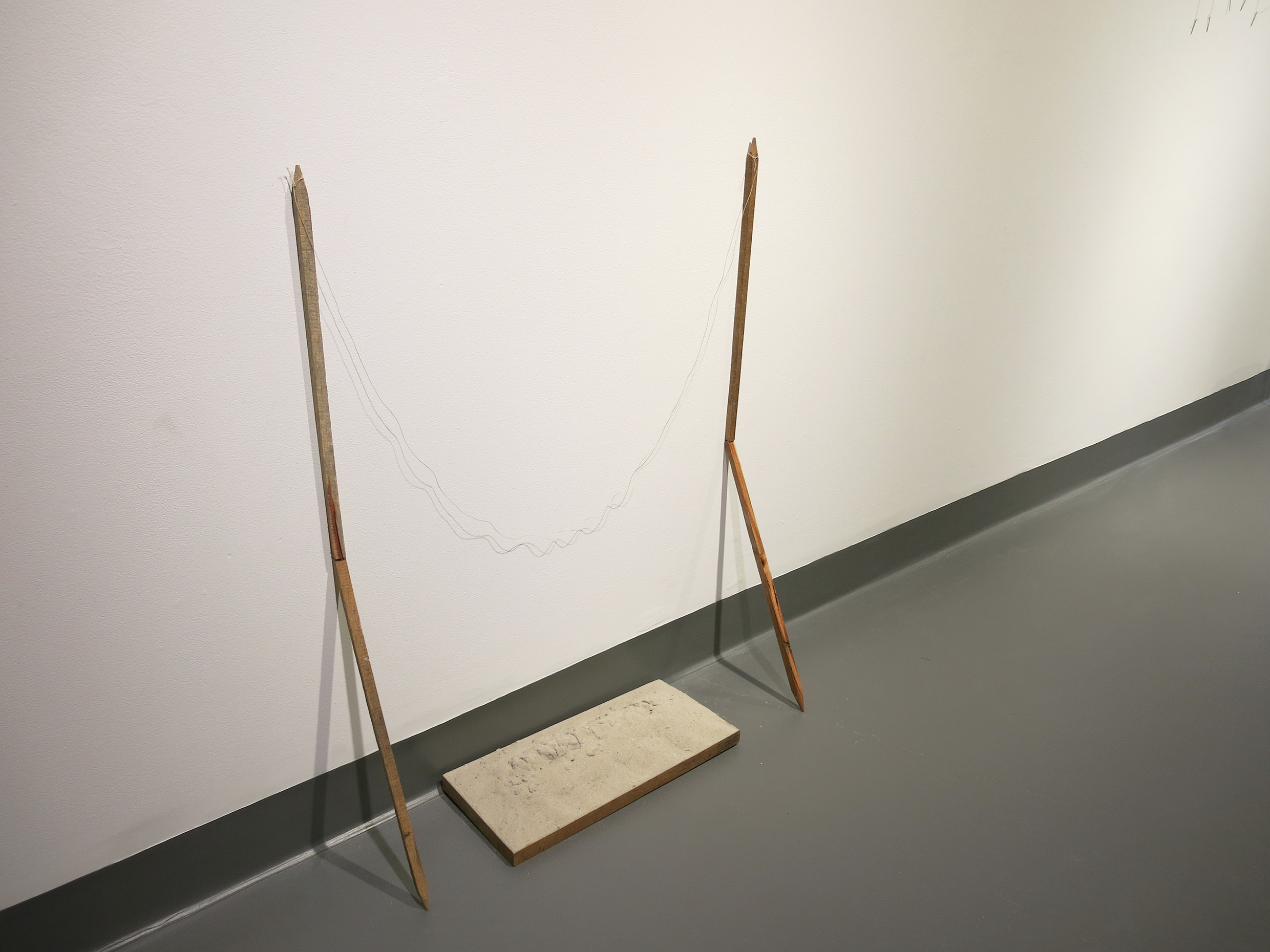

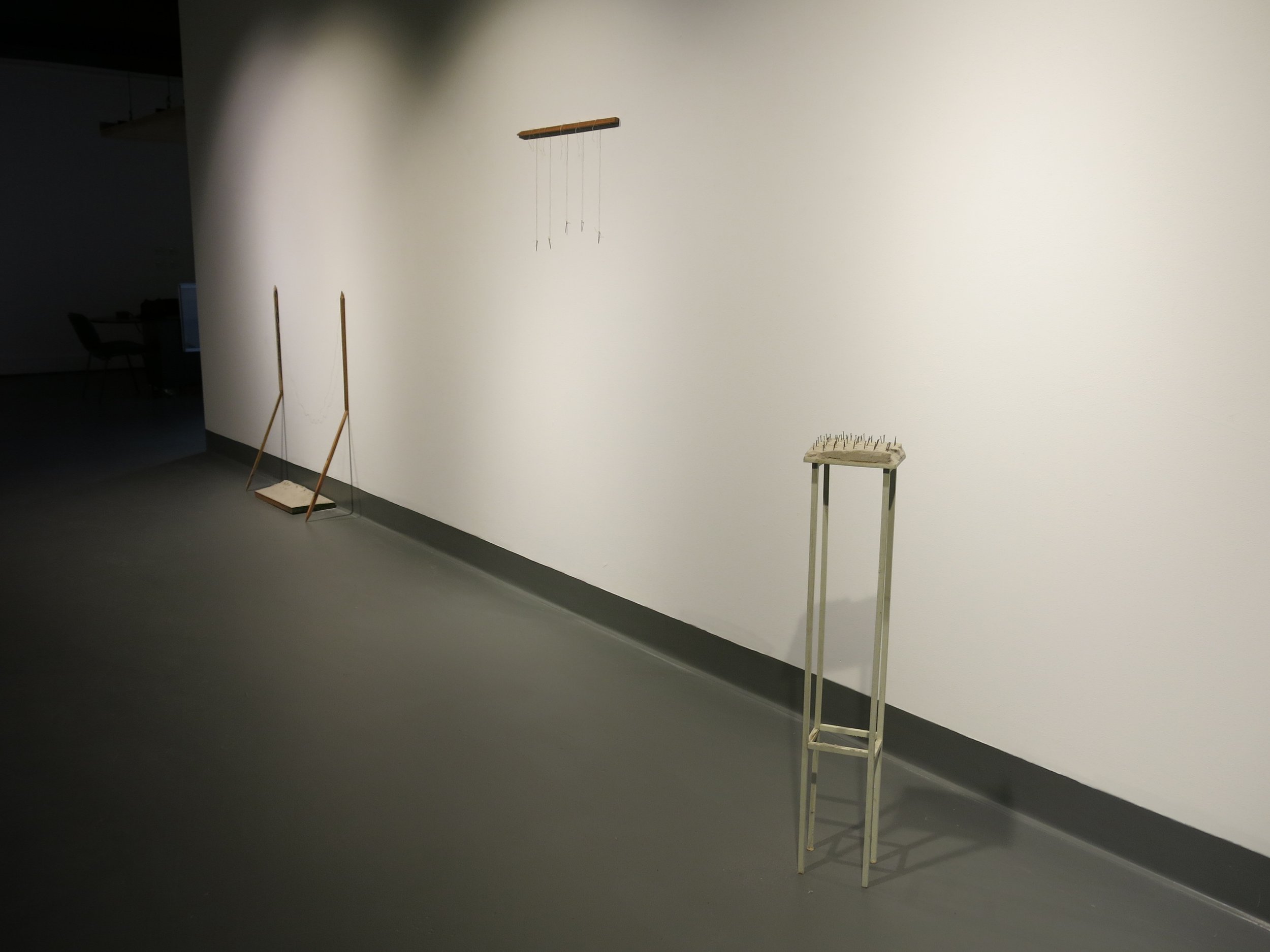
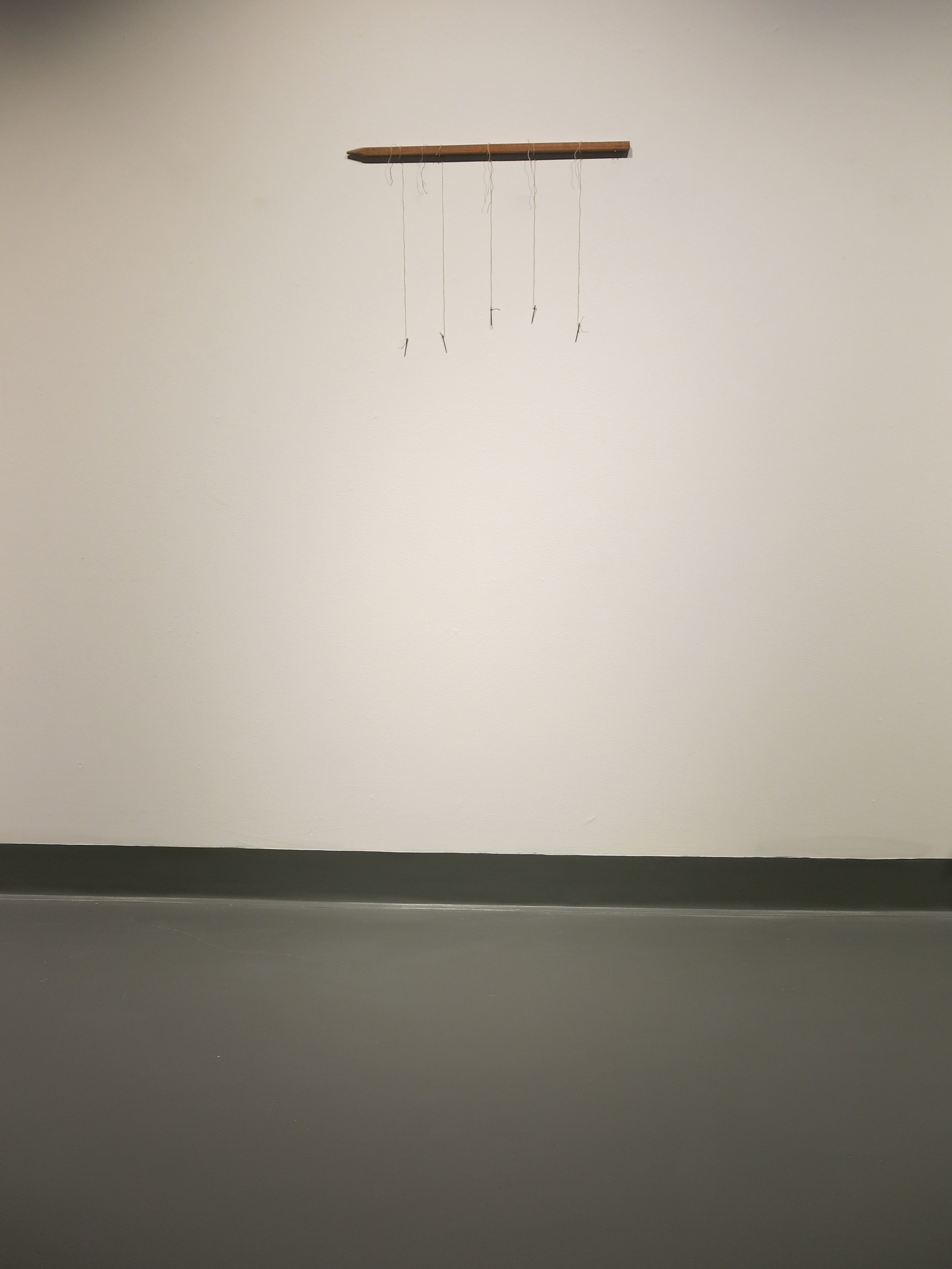
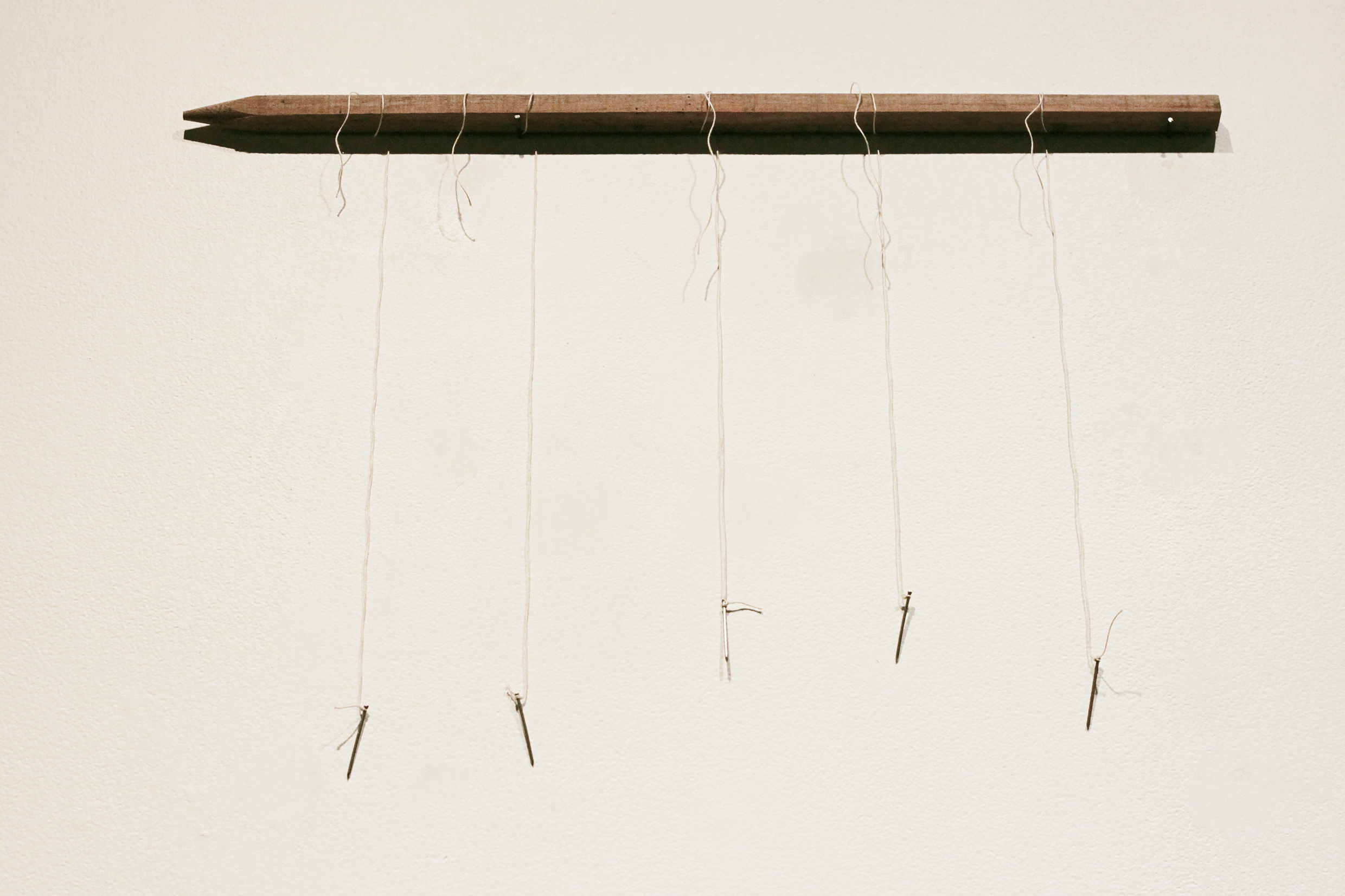
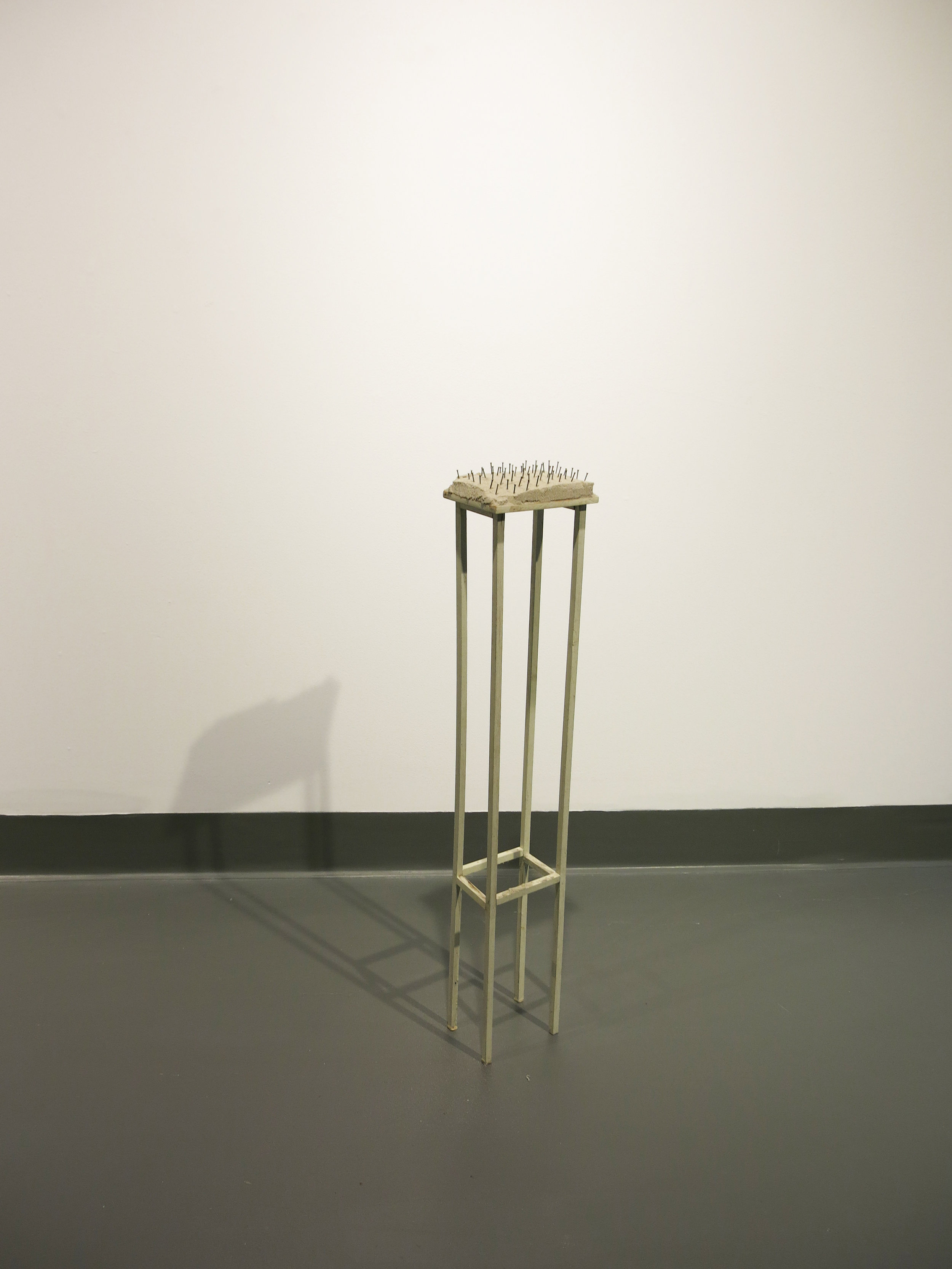
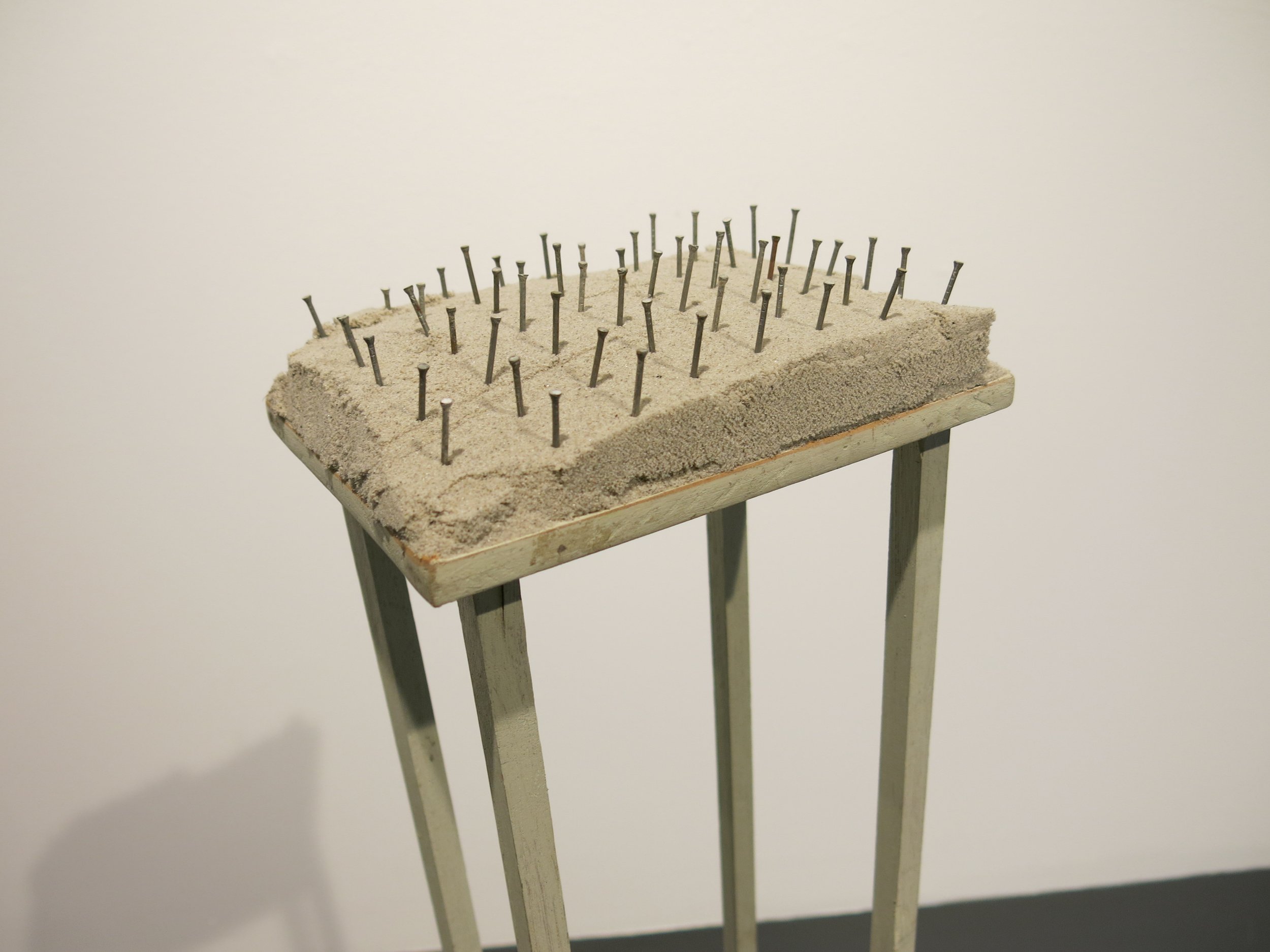
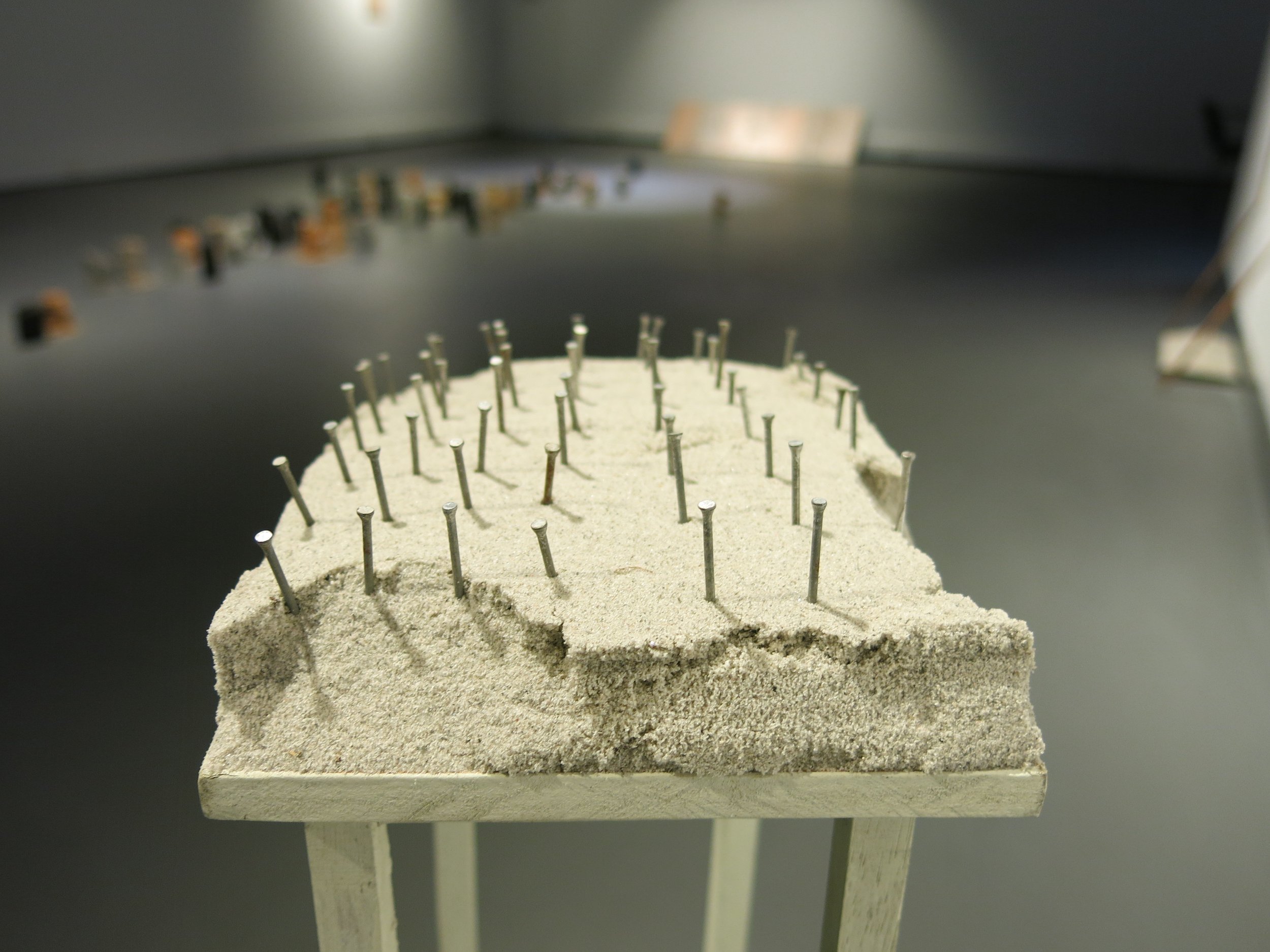

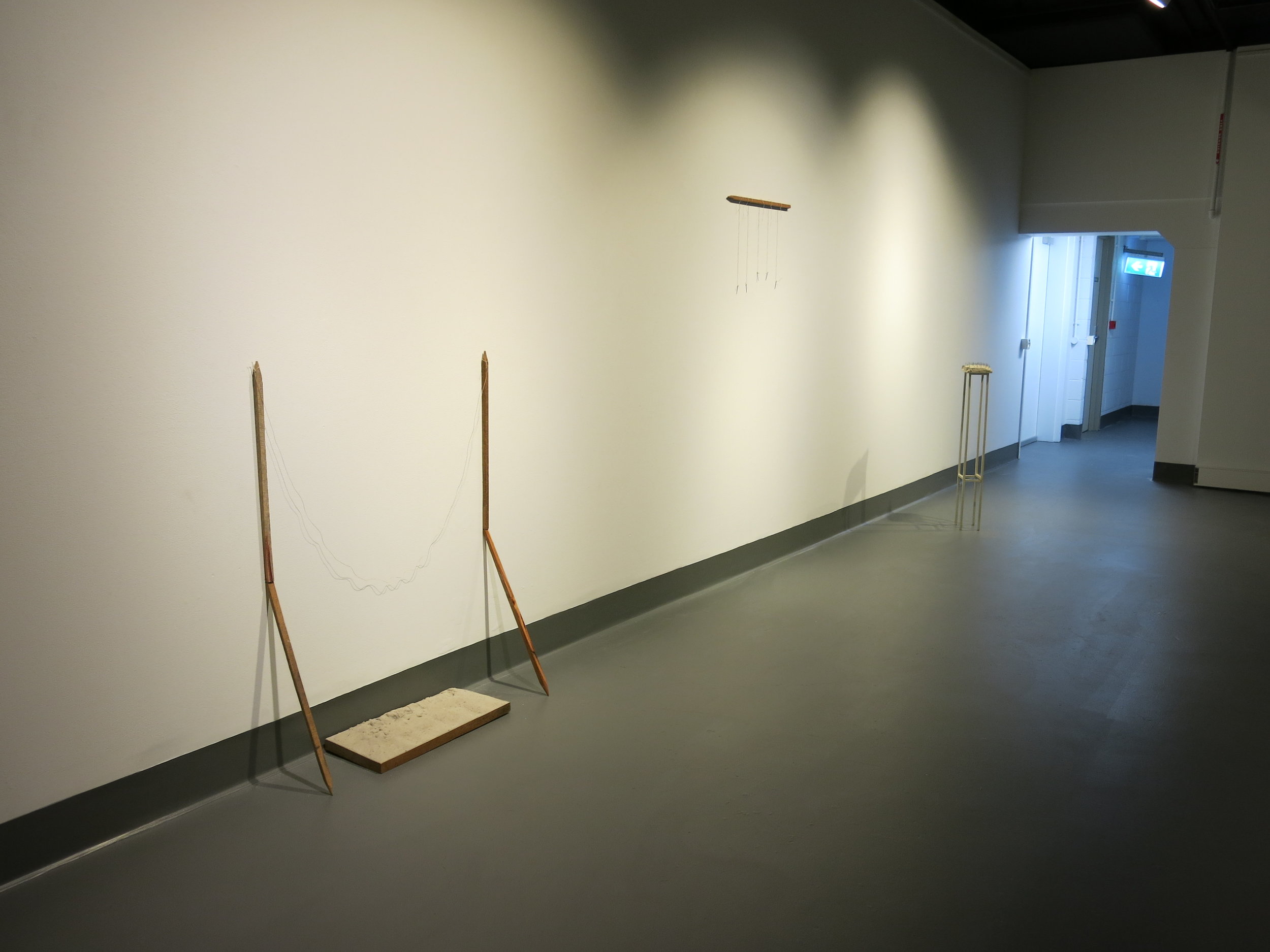
Mote
Many of the online definitions for ‘mote’ relate it to a perceptual impediment, a speck of dust in our eyes.
The dynamic nature of perception, constantly reshaping the reception and evaluation of an artist’s creative output, remains an integral concern within contemporary art practice. That our perception changes as contexts change is now commonly understood, what is less commonly known is that our perception is also in a state of constant physiologically change. “Perceptual adaptation” is the term applied to this activity within our sensorium and nothing demonstrates it more clearly than our visual perception of the world.
We see upside down, the images projected onto our eyes’ retinas are upside down. It appears that to make sense of our environment we instinctively and unconsciously develop the capacity to flip this image very early in our formative years. What is clear from research into this phenomenon is that we flip our vision in correlation to our touch of our environments. In effect we feel, rather than see, the right side up.
The three artists in this show privilege us by revealing parts of their lives in which they are perceptually adapting to significant loss, to an erosion of their worlds. While we may not be aware of the direct circumstances they are adapting to, their honesty and courage gives these works a poignancy we respond to. Having discussed these works with them I have glimpsed what has been lost; belonging, relationship and intimacy. How we address loss, how we grieve cannot be reduced to manageable parts. It’s a matter of allowing our selves to feel the new shape of a place after loss has eroded it and adapting. These three artists have scribed their lived experiences of adapting into materials, processes and form.
belonging:
Having refined her material palette in her last body of work Tess Mehonoshen hones and extends her vocabulary of marks and materials in this body of work. With references to wrapping, gathering, tethering and the intimate familiarity that comes from belonging, these bundled foldings give tactile shape to the loss of a rural family home.
The packages are a containment, some spill their folds to reveal their interiors. All are fraying and give off an inevitable residue of dust, even the act of containing effects a loss. From the new material – bitumen – disquieting bundles emerge, a further act of containment and at odds to the transition from raw earth to urban cement. These are almost a dead weight, and yet their presence does not overpower the clear narrative of adaptation. It’s futile to ignore loss, though denial is a fundamental part of its embrace. Naming things is a political act but it is also a release, and the visual naming of these perceptual impediments exemplifies the tangible role art can play in our lived experiences.
relationship:
Alison McKay’s work is fragile. Her practice is vulnerable and reflects the nature of her concerns. How do we describe an event when the language we use effectively alters its representation. In these works we are confronted with paradoxes supported by teetering structures. The material forms are tenuous and yet the immaterial here is substantial.
A suspended rectangular sandscape, orderly pierced by nails and eroded at the edges. We sense this object might fall any moment in a number of ways. As in all of McKay’s work there is an insoluble tension in this piece, evident in the relationships between its material parts. Take the escarpment edges, the unstable nature of sand and the piercing nails. Experience would tell us a nail probably formed these edges and yet the ordered rows of nails imply a more resilient substance than we sense.
These works ask us to be quiet, to consider the nature of relationships, of the inevitable loss that must accompany gain, the grief that must accompany love.
intimacy:
Working with materials that replicate a familiarity with our bodies, Naomi O’Reilly asks us to consider, what is it we loose when a visceral intimacy we share with another becomes distant.
Rest comes to mind as I consider O’Reilly’s question. The familiarity I share with my partner of our bodies emphasizes our blemishes. Combined we are a place, we need each other to rest from the incessant voices,
internal and external, that question our appearances. Change is fundamental to intimacy and touch within a relationship is integral to adapting to change. Out of touch is literally a loss of touch and a loss of place.
O’Reilly places us within a tiled space, a surface designed to tolerate the aggressive cleaning agents we are promised will help keep us clean. In a climate of hyper sensitivity to being clean, of touched up colours and images, our familiarity with our bodies is difficult to discuss and O’Reilly successfully engages us.
moat:
As with any language the capacity to express is tempered by the inherent constraints of a vocabulary. A moat might protect us if we cut our selves off, but from what? Language is a two way street, to remain in touch is to remain vulnerable, to separate from touch is to distance, to lose a capacity to perceptually adapt to our changing environments.
Feeling is still the only way to sense the right side up.
Written by Tim Mosely.
From the exhibition ‘Mote’, featuring artists: Alison McKay, Naomi O’Reilly and Tess Mehonoshen. The exhibition was shown at Queensland College of Art – Webb Gallery from the 11th – 28th January. Tim Mosely lectures in the Fine Art program at Queensland College of Art.
Mote - Glen Skein
Poetic Response
N.1
this disburdened impulse
immune to depth
a singing that lies in staying within
shallow surface
with nothing submerged
desire
and loss
circulate in
flesh map-like pools
that blister around
remnants of self
vocations and callings
waiting their placement
this room and this tile
against the wall
incline towards the light
with scissors
you arc and bow
drawing together
collage and event
without alterations
like Joan of Arc
you set forth across this parcel of land
this small occupation of self
a halo mask
in one act
a series of collected fallings
N.2
paged receptors beneath screen
mouth
finger sense contained
creature
reptile primal birth of sound remaining mute or mote
the birth of sound eyes of light shift emerge
bubbled language
sound in flesh
primal bubble teeth
flesh skin birth
gleaning nothing
enduring phenomenon.
A.3
elevated to the height of a small child
unnamed I circle and gather your sway in the world
with my breath
I tease your
composed and balanced presence
to observe a grounding
to know your spirit
And construct
your gradual shift
exposed to every edge of the world
hours of fragile transitions
almost without witness
embedded and caught in a falling pitch
your assembled tilt of anchors
having found a place
above wooded pillars
that await
vulnerable and unguarded
your duration and Impermanence
slowly
falling away
A.4
In endless postponement
ciphers of time and space
delayed
in metal-thread and timber-linen
taking hold like
post card correspondence
this ordered scale of playful recoveries
like some teasing departure
a spill
a progression of swimming reflections
each shadowed interval
gathering no visible hold
like a found photograph
I search for its punctum
that detail that pricks
or leaves a faint bruise
Orpheus-like
you never turn back to look at what you have given
what holds me is only revealed when I am not present
Kafka-like
you close your eyes
to drive these things from your mind
but they do not leave
they are fastened down like butterflies
fixed in submerged misplacement
with this wall we no longer collapse
the spectator
the human reach
its function
its history
becoming mute vibrations of absence
to execute and allow
the need to be made still
In coded alterations
with your finger tip bindings
a surrender of self to objects
spare of inscriptions
A.5
this single page from the book
of the poets geometry
a thread-swing threshold
that avows to ceremony
sending word
of denkraum’s
thought-space
this parlous
touch and go
suspension
its calm collision of surface and depth
a correspondence
that gifts inaudible departures
between collected ground
and surveyed reflections
I stay longer beneath its verge
below its plural anchors
where its only instruction
is silence
T.6
Book like
topographies of self and place
companion volumes of bound visitations
walls of folds
In halos of dust ochre and charcoal clay
your taxon classifications of earths memory
gathered philosophies of ground
that hold and serve
void of fragments
enfolded with single responses
this nearness of the earths language
in self sufficient acts
complete articulations
now awaiting their return
to some rightful place
placement and displacement
disclosed and grasped
in equal parts
in muslin fabric clay cement
a constant desire of unearthing
to gather and retain
what remains
of your belonging
held within geologic folds
each an entrance
to interior histories
fabric-bound hauntings
within every form there is a sky
still possessed of its lingering divine
a gathering of space by chance event
the earth returning
ground as ritual
mutual
inverse
opening space
measured and unhurried
a choice of thread
its tenderness
holds to this particular moment
between collecting and discarding
to a returning
to a giving back
this archive of transitions
halted
momently
estranged
calls for return
